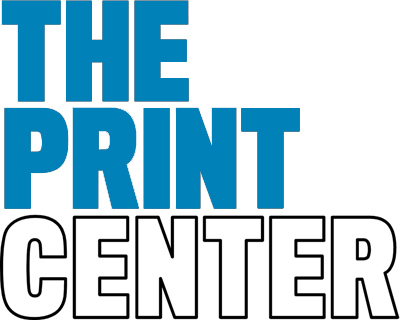What is the relationship between a historical event or personage and the written and visual chronicles of their history? To what extent can a photograph represent history? How does the multiplicity of photography as a medium lend itself to representing multiple histories? These are just some of the questions prompted by the works in this first section. Making History examines how three photographers – Margaret Bourke-White, Lee Friedlander and William Earle Williams – photographed American monuments in the 20th century, and how we can look at their works today.
Bourke-White’s dramatic images of the Statue of Liberty taken from a helicopter are complemented by more intimate and poetic portraits of monuments and their surroundings by Friedlander and Williams. Working as a photojournalist, Bourke-White was given unprecedented access to monuments, like “Lady Liberty,” which she documented on numerous occasions throughout her career. Working more organically, Friedlander observed patterns in monumental forms while traveling around the United States. With a similarly attuned eye, in addition to a deep knowledge of American history, Williams shows us the more subtle monuments in and around the battlefield at Gettysburg as well as the many, rather unassuming station stops along the Underground Railroad. Each photograph offers us a singular vision of a site frozen at a moment in time. Together, these works do not allow monuments to recede into the background but come to the fore, bearing witness to the monumental landscape we have inherited.

